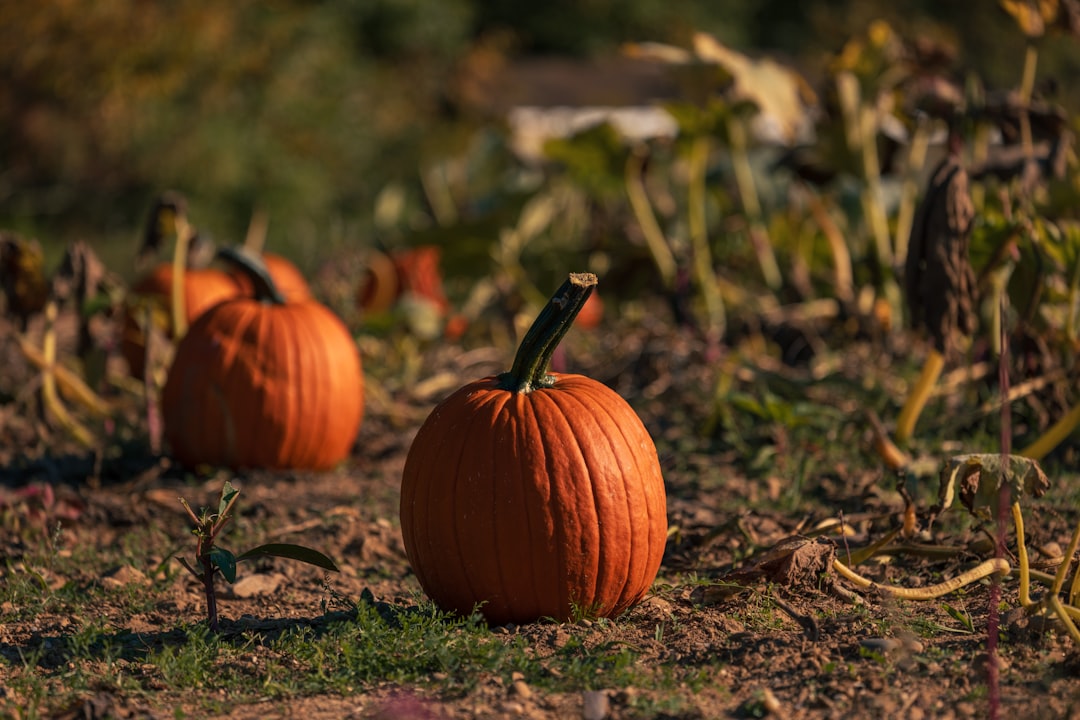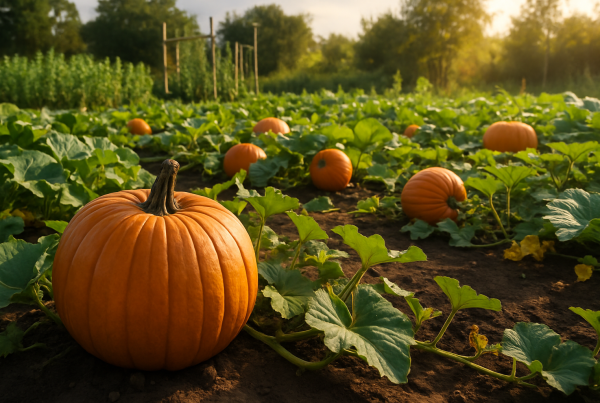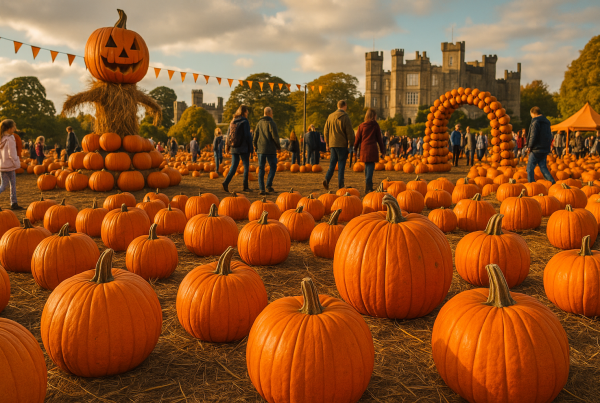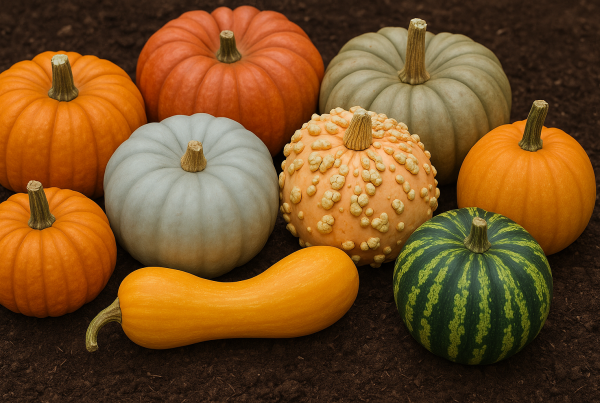Discover the World of Pumpkins: Varieties, Cultural Significance, and Fun Facts You Didn’t Know
Pumpkins, with their iconic orange hue and distinct shape, are much more than just a festive decoration or a holiday pie ingredient. Originating from Central America, pumpkins have a rich history that spans across continents and cultures, playing pivotal roles in both traditional practices and modern celebrations. As we delve into the fascinating world of pumpkins, we will uncover their diverse varieties, explore their cultural significance, and share intriguing fun facts you may not know. Whether you’re a gardening enthusiast, a pumpkin lover, or someone intrigued by cultural traditions, this exploration promises to inspire curiosity and appreciation for this versatile member of the Cucurbitaceae family. Get ready to discover a world where pumpkins are not just a seasonal delight, but a symbol of sustainability and cultural heritage.
Pumpkin Varieties and Origins
Exploring Pumpkin Origin Countries
Pumpkins trace their origin back to Central America, specifically Mexico, where they were cultivated over 7,000 years ago. The indigenous peoples of this region relied on pumpkins as a staple food, utilizing both their flesh and seeds. As explorers and traders moved across the globe, pumpkins spread to other continents, becoming a beloved crop in many cultures. Today, pumpkins are grown worldwide, from the fields of China to the farms of the United States, each region offering its own unique varieties. For instance, Japan is known for the kabocha squash, while Italy boasts the Marina di Chioggia. These diverse origins highlight the adaptability and significance of pumpkins in various culinary and cultural traditions. Understanding where pumpkins come from helps appreciate their global journey and influence, emphasizing their role beyond mere seasonal decor.
What Were Pumpkins Originally Used For?
Originally, pumpkins were a vital food source for indigenous peoples in Central America, the pumpkin origin country. They utilized pumpkins not just for their nutritious flesh but also for their seeds, which were roasted and eaten as snacks. The pumpkin’s hard shell served as a useful tool for storage and transport, demonstrating its versatility beyond consumption. In addition to their practical uses, pumpkins held cultural significance, often appearing in local folklore and rituals. As pumpkins spread globally, their uses diversified. Early European settlers in North America adopted pumpkins into their diets, eventually incorporating them into traditional dishes like pies and soups. The adaptability of pumpkins meant they could be preserved for winter, providing sustenance during lean months. Thus, pumpkins were originally used not just as food, but also as containers and ceremonial objects, highlighting their multifaceted role in early societies.








